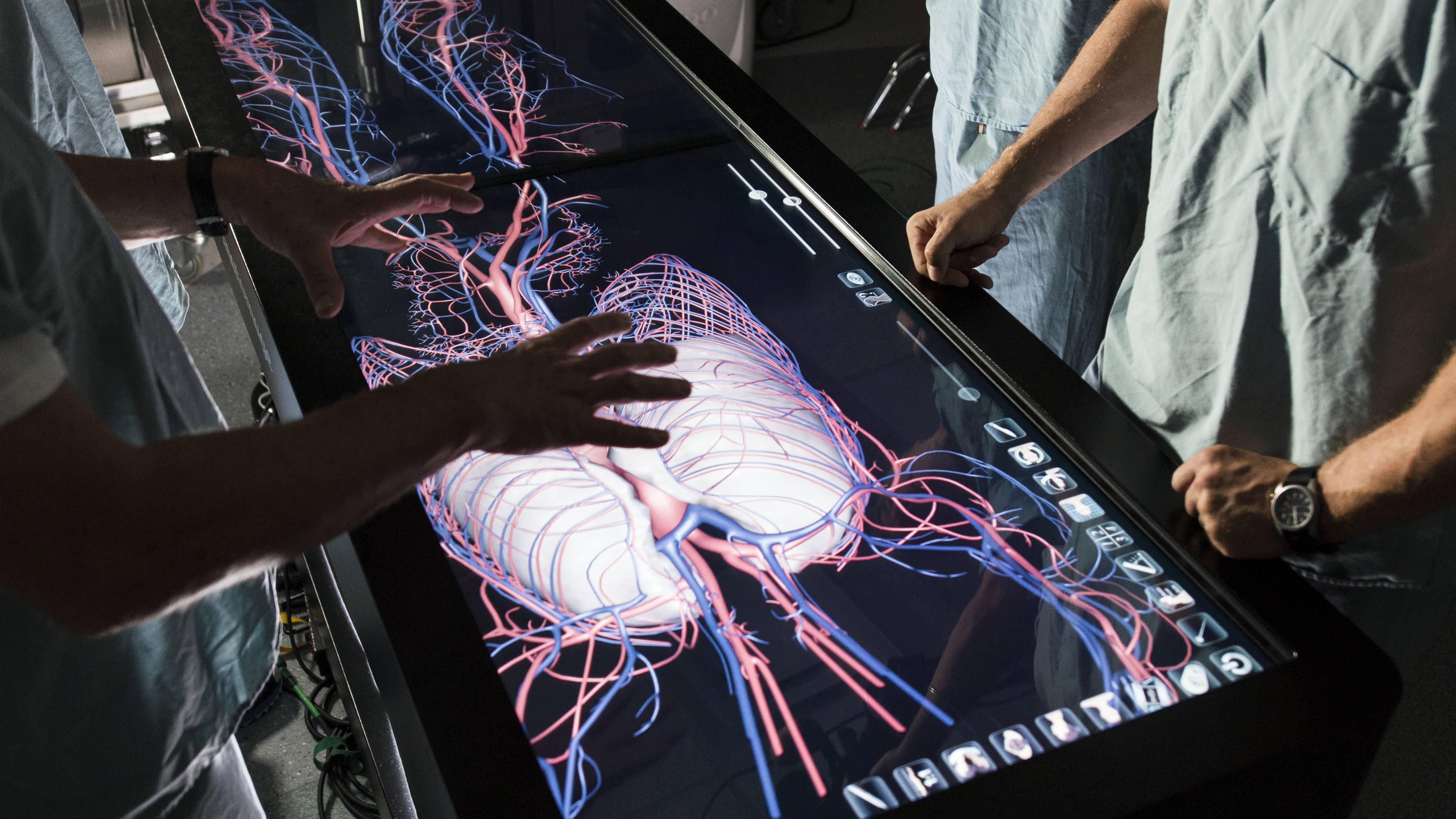-
Featured News
Helping Others Heal: Increasing the odds

Immune-building stem cell research works to increase the odds of lung transplants.
Mayo Clinic research into stem cells for lung transplants and other types of transplants are increasing the odds of survival.
In the 1970s, when Cesar A. Keller, M.D., started his career in pulmonology, lung transplantation was widely considered science fiction. Now, lung transplantation is a lifesaving option for thousands of people every year, but it's not perfect, Dr. Keller says. For adults, the five-year survival rate is about 55 percent, according to 2008-2015 lung transplant data from the Department of Health and Human Services.
With the help of philanthropic support, Dr. Keller and colleagues in the Mayo Clinic Center for Regenerative Medicine are trying to solve the most lethal imperfection of lung transplantation, a syndrome called chronic organ rejection.
Moving From Rejection to Acceptance
Chronic rejection is considerably more common in lung transplantation than in other solid organ transplants. This is most likely due to environmental factors, which "the lungs are exposed to continuously, with every breath a patient takes," Dr. Keller explains.
To solve that challenge, Dr. Keller and his colleagues are using tools that are today's version of science fiction becoming science fact: stem cells and regenerative medicine. Read the rest of the article.







